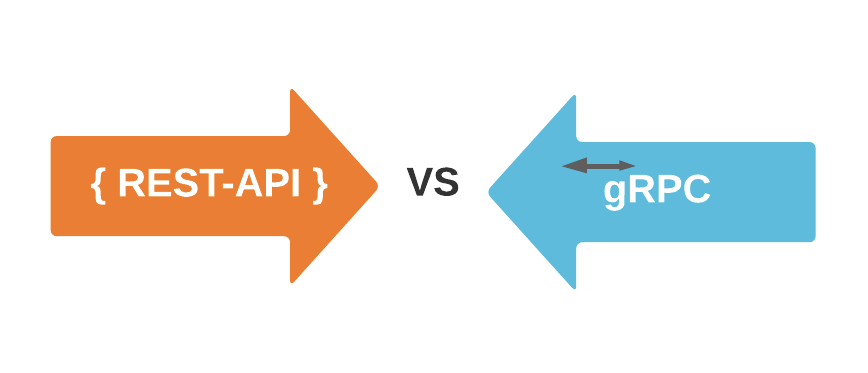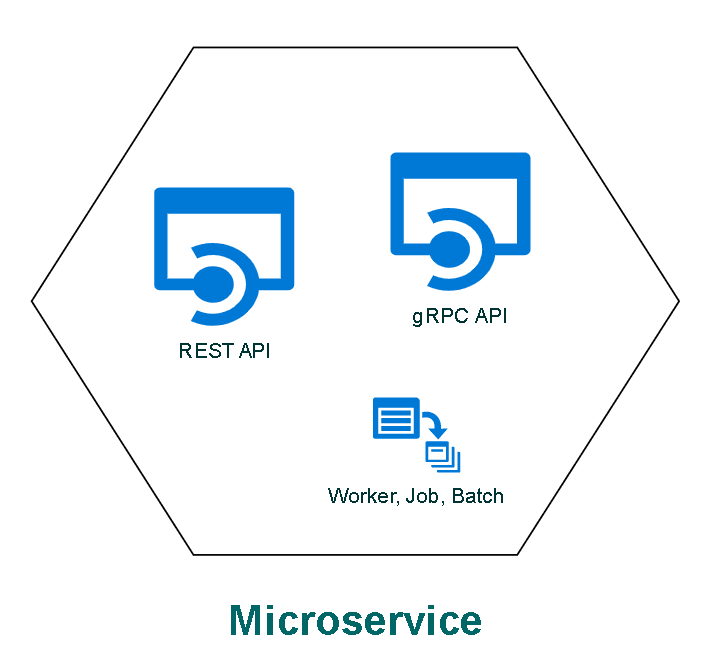
#Grpc vs rest vs websocket code#
The Protobuf compiler, protoc, generates client and server code that loads the. GRPC services and messages between clients and servers are defined in proto files. Its current version is proto3, which has the latest features and is easier to use. gRPC uses this protocol as their Interface Definition Language (IDL) and serialization toolset. Protocol buffers, or Protobuf, is Google’s serialization/deserialization protocol that enables the easy definition of services and auto-generation of client libraries. Most of the gRPC advantages stem from the following concepts: Protocol Buffers GRPC owes its development and success to the use of the leading technologies that perform better than JSON and XML and provide increased API security. And in 2017, it became the Cloud Native Computing Foundation (CNCF) incubation project due to its increasing popularity. During the first year of its release, it was leveraged by top organizations to power use cases from microservices to web, mobile, and IoT. Initially, it was closely associated with Google’s internal infrastructure, but later, it was made open-source and standardized for community use. In 2015, Google developed gRPC as an extension of the RPC framework to link many microservices created with different technologies.

This framework relies on HTTP/2, protocol buffers, and other modern technology stacks to ensure maximum API security, performance, and scalability.

Many leading tech firms have adopted gRPC, such as Google, Netflix, Square, IBM, Cisco, & Dropbox. It allows the client and server applications to communicate transparently and develop connected systems. GRPC is a robust open-source RPC ( Remote Procedure Call) framework used to build scalable and fast APIs.


 0 kommentar(er)
0 kommentar(er)
